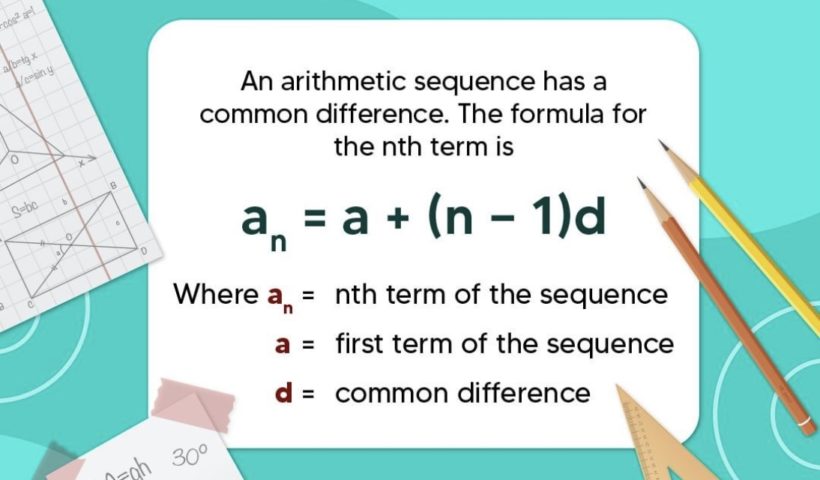Unveiling the Secrets of Specialized Plant Cell Structure and Functions In one of the previous videos, we learned about the basic plant cell and the…
View More Unveiling the Secrets of Specialized Plant Cell Structure and Functions! | Cambridge IGCSE BiologyDay: June 21, 2023
Mastering Arithmetic Sequences | Cambridge IGCSE Mathematics
[Please watch the video attached at the end of this blog for a visual explanation of Mastering Arithmetic Sequences] Linear Sequences A general linear sequence…
View More Mastering Arithmetic Sequences | Cambridge IGCSE Mathematics



